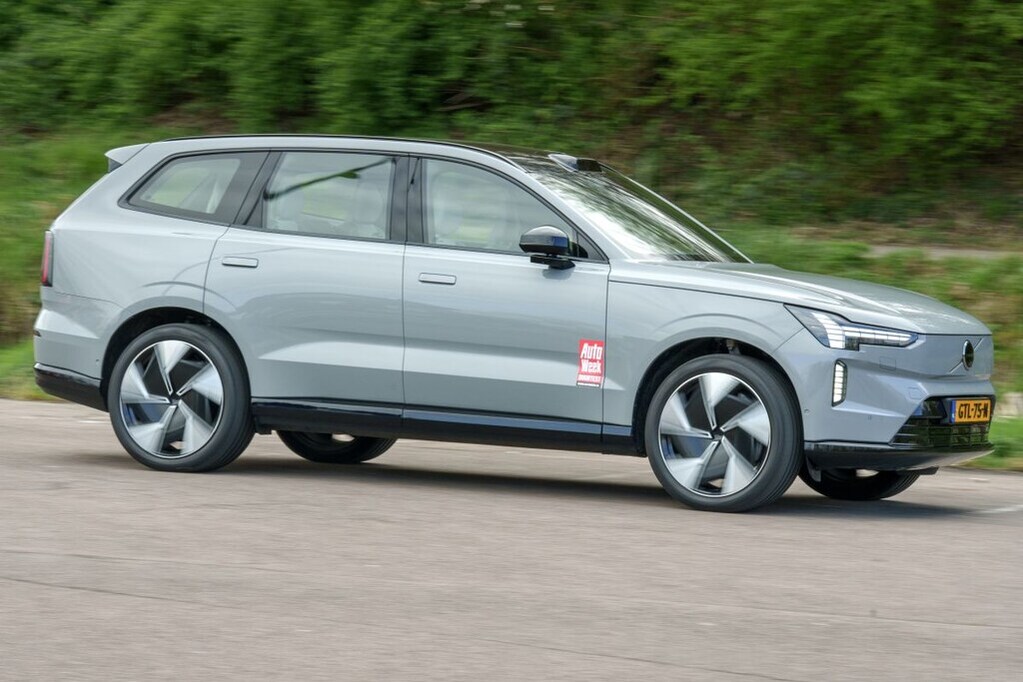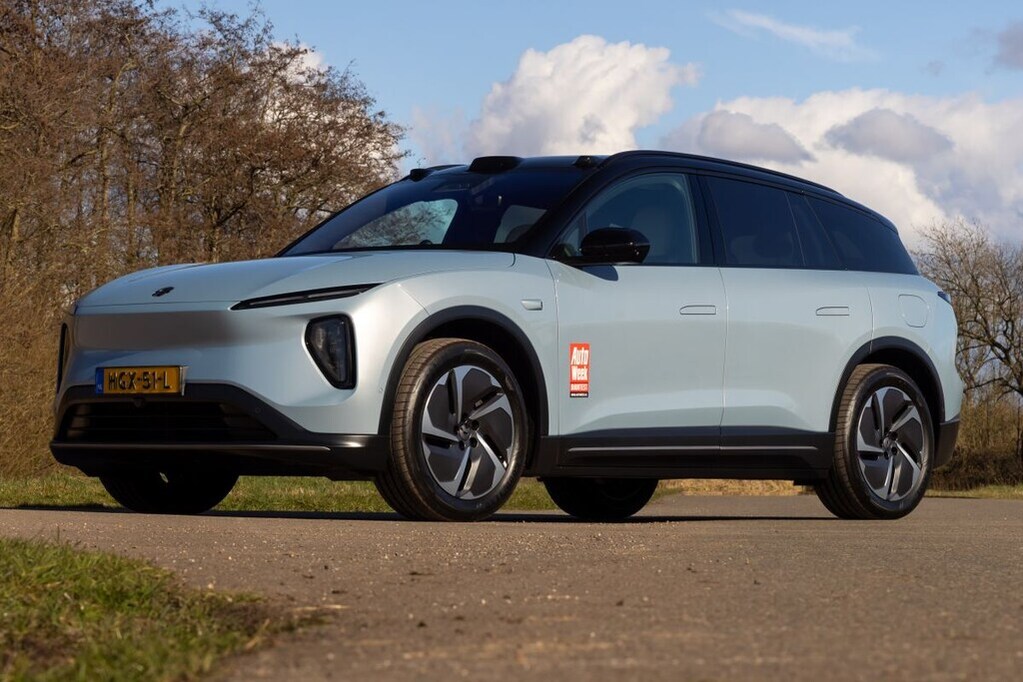
Modern car LiDAR systems use laser beams. These are officially not strong enough to cause eye damage, but they can damage a phone’s camera.

LiDAR – short for light detection and ranging – is the visual backbone of many modern autonomous systems. It works by firing laser pulses and measuring the time it takes to bounce off objects and return. This helps create accurate 3D maps of the environment.
Although the lasers used are invisible and generally considered safe for the human eye according to legal standards, they are not as safe for delicate image sensors, such as the CMOS chips incorporated in smartphone cameras.
Manufacturers of LiDAR systems are aware of the potential damage and typically design them within Class 1 laser safety limits. However, these limits assume exposure of the human eye, not repeated exposure to digital sensors from zooming phone lenses.

While the lasers will not cause damage to the phone itself, the camera modules are certainly susceptible to LiDAR damage. As this system becomes more common on modern cars, the chance of damage increases. If you are filming a car with LiDAR hardware, avoid zooming directly into the sensor. This is especially true in bright sunlight, where LiDAR often operates at a higher intensity.
Volvo has confirmed the problem of potentially damaging cameras in this article.